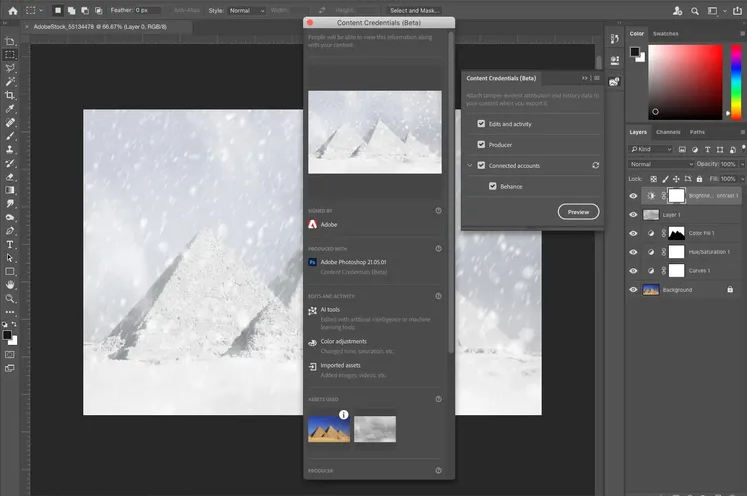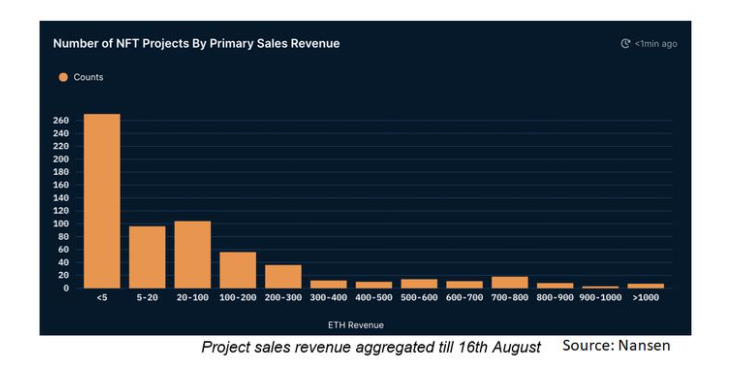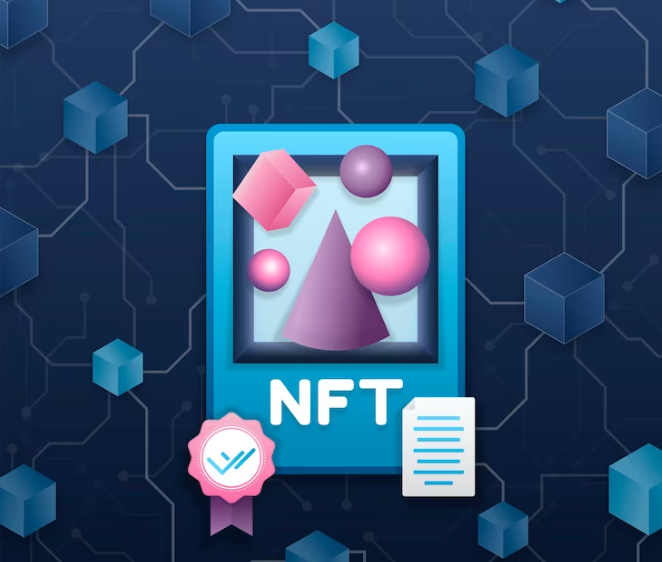The Nutrient Film Technique (NFT) is an aquaponics growing technique that is popular with aquaponics growers due to its simple yet effective design that works well in some settings. The NFT system is primarily used in larger commercial aquaponic systems, but can also be used by home growers.
This aquaponics technique is useful in urban settings where space and food production are considered because it offers a more sustainable approach than other aquaponics growing methods. However, like other aquaponics methods, NFT has its limitations, one of which is that not all plants do well in NFT systems, as it is only suitable for growing certain types of crops. This article will discuss which is the best plant for the NFT system and why.
How The Nutrient Film Technique Works
In NFT, the water is pumped or flows through the mechanical filter and into the biofilter or sump tank. Some water is pumped directly into the fish tank from the sump tank, while the remaining water is pumped and distributed through the NFT channel equally where the plants are planted. Leaving the culture pipes, the water returned to the biofilter or sump and then to the fish tank. Water entering the fish tank causes the tank to overflow through the outlet pipe and back into the mechanical filter, completing the cycle.
Unlike the media-based system, the nutrient film technique does not require a flooding period because the water in NFT is constantly flowing from the tank. Grow tubes contain several holes in the top of the tubes into which plants are placed and grown.
Factors To Consider When Choosing Plants for NFT
When choosing plants to grow in your NFT system, consider the following factors:
- Plants must be light: The nutrient film technique uses narrow tubes to grow plants, so you should only consider growing light plants. Lightweight plants include spinach, lettuce, broccoli, cauliflower, and small plants with roots that don’t get very big and can stand on their own.
- Minimum root system: the root system of the plant should be considered. It must be small and well-fitting enough to absorb all the nutrients for its growth. Plants with heavy or large root systems are not recommended as they will consume all the space or clog the nutrient film channel.
- Short Harvest Period – Another thing to consider is the harvest period of the plants. Plants must grow quickly and harvest quickly (plants must mature within three months from seed sowing period). An example of these plants are green leafy vegetables.
Planting in The Grow Pipes
When planting in an NFT system, holes are drilled in the culture tubes (7-9 cm in diameter). These holes should match the size of the net cups used. Put the seedlings in a plastic net cup, and then place them in the hole of the grow pipe. The net cups will provide support to the plants. It is recommended to leave a space of about 8 inches between each plant to allow enough room for the plants to grow. Growing media such as clay pebbles or gravel can be placed around the seedlings in the net cups to balance and support the plants.
What are the Best Plants for the NFT Aquaponic System?
To avoid problems with your NFT aquaponics system, it is recommended to grow plants light and have shallow roots to avoid blocking or clogging your channels. These are the best plants for the NFT system:
- Leafy Greens Salad Greens: These include different varieties of spinach, lettuce, and arugula.
- Herbs: Some herbs are ideal for NFT systems because their root systems are not large and they grow very fast. Herbs suitable for growing in NFT include cilantro, parsley, lemon, basil, and dill.
- Family Brassicaceae – Also known as cruciferous vegetables, including kale and mustard greens.
- Certain Fruiting and Flowering Plants: Fruiting and flowering plants can also be grown in the NFT system if they have a small root system. Examples of fruitful plants are strawberries. Tomatoes and Cucumbers can also be grown in NFTs, but they must be held in place with ropes and support clips. This is necessary because the roots do not cling to anything firm to support the stem of the plant. Flowers like orchids, pansies, and nasturtiums grow well on an NFT system.
Tips for The Nutrient Film Technique
NFT aquaponics systems can also experience some problems, just like any other aquaponics system. However, proper planning, regular monitoring and good maintenance can help overcome difficulties when they arise.
- When planning your NFT aquaponics system, it is essential to consider how your setup will differ from other aquaponics systems. The shallow trays and absence of growth media in NFT require proper planning to ensure success.
- Root temperatures are difficult to maintain without growing media, especially if your area is exposed to rapidly changing temperatures. You should regularly monitor the temperature of your system and ensure that the roots are not exposed to light to prevent algae growth.
- Good maintenance is essential in NFT aquaponics systems. The two main components that need to be checked regularly are;
1.) The water pump that brings water to the system. If the pump stops working, you could easily lose your entire crop.
2.) Clogging can also affect your system. The most common cause of a blockage in NFT systems is the roots of the plants themselves, which stop the flow of water, so they must be checked regularly.
Conclusion
Green leafy vegetables and plants with a small, light root system and a short harvest time are the best plants to grow in an NFT aquaponic system. By focusing on these types of plants and proper monitoring and maintenance of your system, you can be sure of a smooth and productive system. Thanks for reading this article. If you are interested in learning more about the best plants for aquaponics systems.













